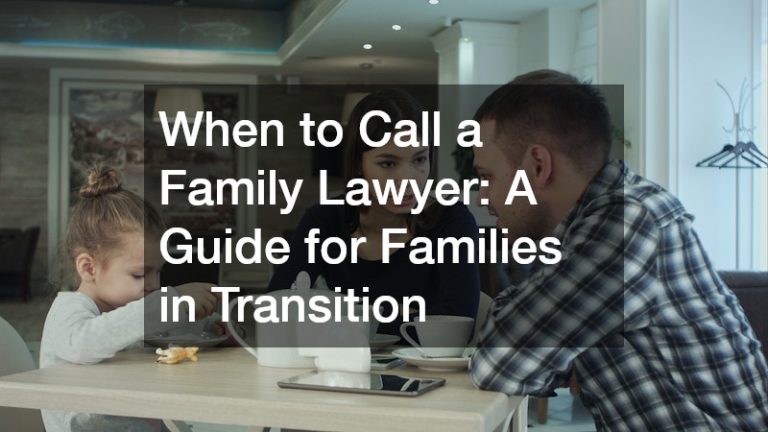Key Takeaways:
- Tantrums are normal at age three, driven by frustration, attention-seeking, and emotional growth.
- Preventive strategies include consistent routines, offering choices, and preparing for transitions.
- During tantrums, staying calm, acknowledging feelings, and setting clear limits are essential.
- Teaching emotional regulation early helps children manage feelings and reduces future meltdowns.
- Positive discipline and structured guidance teach children self-control without fear.
- Public tantrums require calmness, brief intervention, and post-event reflection.
- Parental self-care is essential—staying calm helps your child learn to regulate emotions too.
You know that feeling when your sweet, giggling 3-year-old suddenly transforms into a screaming, floor-pounding force of nature? Welcome to the world of toddler tantrums. It’s a rite of passage for parents, filled with confusing moments and the occasional public meltdown that makes you want to hide. But here’s the secret: these outbursts aren’t just random acts of defiance. By getting a peek into what’s really going on in their little heads, you can find simple ways to calm the chaos and bring some peace back to your household.
Why Do 3 Year Old Tantrums Happen?

At three years old, children are discovering independence, testing boundaries, and learning to manage big emotions for the first time. Tantrums are a normal part of development, not a sign of bad parenting. Some of the common reasons they occur include:
- Frustration – Communication skills are still limited. When a child can’t express what they need or want, emotions can build up and result in a tantrum. For example, a child may cry and kick when they can’t explain that they want a different snack.
- Seeking Attention – Even negative attention can feel rewarding for a child. If they notice that yelling gets you to respond immediately, they might repeat this behavior.
- Testing Limits – Three-year-olds are curious about rules and boundaries. Meltdowns can be a way of exploring how much control they have over their environment.
- Overstimulation – Loud noises, crowded places, or too many activities can overwhelm a child. Overstimulation often leads to emotional outbursts.
- Tiredness or Hunger – Even small needs not being met can trigger a meltdown. A missed nap or low blood sugar can turn a minor inconvenience into a full-blown tantrum.
Understanding the root cause of a tantrum is the first step toward handling it effectively. Recognizing patterns over time helps parents anticipate triggers before they escalate.
How Can You Prevent 3 Year Old Tantrums?
While it’s impossible to prevent every tantrum, proactive strategies can reduce their frequency and intensity. Prevention is often easier than intervention.
- Maintain a Consistent Routine – Children thrive on predictability. Regular meal times, nap schedules, and bedtime routines help minimize emotional outbursts.
- Prepare Your Child for Transitions – Give warnings before changing activities. For example: “In five minutes, we’re leaving the playground to go home.” This helps them adjust mentally.
- Offer Choices – Letting children make small decisions gives them a sense of control. Examples include choosing between two snacks, two shirts, or picking the bedtime story.
- Recognize Triggers – Keeping a journal of tantrum patterns can help identify common triggers, such as hunger, fatigue, or overstimulation. Awareness allows you to prevent or prepare for meltdowns.
- Positive Reinforcement – Praise good behavior consistently. Even small gestures, like thanking your child for using their words instead of yelling, encourage emotional regulation.
What Should You Do During a Tantrum?
When a tantrum is happening, staying calm and consistent is key. How you respond can either escalate or de-escalate the situation.
- Stay Calm – Speak in a steady, gentle voice. Your own emotional control helps your child regain theirs.
- Ensure Safety – Make sure your child is in a safe space where they cannot harm themselves or others.
- Ignore Minor Misbehavior – If the tantrum is attention-seeking, calmly ignoring it can prevent reinforcement.
- Acknowledge Feelings – Show empathy without giving in. For example: “I see you’re upset because you wanted the toy.” This validates emotions without rewarding the tantrum.
- Set Clear Limits – Be firm but gentle. Say things like, “I understand you’re upset, but hitting is not okay.” Clear boundaries help your child learn self-control.
Are There Different Types of Tantrums?
Not all tantrums are the same, and understanding the type can guide your response:
- Power Tantrums – About testing limits and asserting independence. Usually involves demanding behavior or loud protests.
- Frustration Tantrums – Triggered by an inability to complete a task or communicate effectively. Common with puzzles or difficult toys.
- Exhaustion Tantrums – Caused by tiredness or overstimulation. Often seen at the end of a long day or after skipping a nap.
- Attention-Seeking Tantrums – Aim to get a reaction from parents or caregivers. Often brief but intense.
Each type may require a slightly different approach, from giving space to redirecting attention or guiding problem-solving skills.
Can Tantrums Be a Sign of Something More?
Most 3 year old tantrums are part of normal development. However, frequent or extreme meltdowns could sometimes indicate underlying issues. Look out for:
- Aggressive behavior that escalates quickly
- Difficulty calming down after a tantrum
- Regression in previously learned skills
- Social or communication difficulties
If these behaviors persist or interfere with daily life, consulting a pediatrician or child development specialist can provide reassurance and guidance.
How to Teach Emotional Regulation

Teaching children to manage their emotions is a long-term strategy that reduces tantrums over time:
- Model Calm Behavior – Children mimic adult reactions. Demonstrate deep breathing, counting to ten, or using words instead of yelling.
- Use Words for Emotions – Encourage your child to express feelings with words like “angry,” “sad,” or “frustrated.”
- Introduce Coping Tools – Soft toys, quiet corners, or simple breathing exercises can help children self-soothe.
- Practice Problem-Solving – Guide your child through solutions for minor frustrations. For example: “The puzzle piece doesn’t fit? Let’s try turning it the other way.”
When Tantrums Happen in Public
Public tantrums are stressful, but staying composed is crucial:
- Stay Calm and Composed – Don’t let embarrassment dictate your reaction. Your child needs your calm more than anything.
- Remove Them from Triggers – Move to a quieter space if possible.
- Keep Interactions Brief – Avoid long explanations during the meltdown. Focus on safety and emotional support.
- Debrief Later – Once calm, explain what happened and discuss better ways to handle frustration next time.
Can Positive Discipline Reduce Tantrums?
Yes, positive discipline techniques are highly effective in reducing tantrums. They focus on teaching rather than punishing, helping your child learn self-control and accountability.
- Redirect Attention – Instead of a simple “No,” offer alternatives that guide your child toward acceptable behavior.
- Set Consistent Expectations – Predictable rules help children understand boundaries and reduce confusion.
- Use Natural Consequences – Let children experience safe, logical results of actions to learn cause and effect.
- Reward Desired Behavior – Praise and small rewards encourage self-control and reinforce positive actions.
For parents wondering how to discipline a 3 year old, positive discipline provides a clear, consistent approach that balances empathy and structure. It teaches children emotional regulation without relying on fear or punishment.
Tips for Stressed Parents
Handling tantrums can be exhausting. Parents also need strategies to stay balanced:
- Take a Breather – Step away briefly if safe, even for a minute, to regain composure.
- Practice Self-Care – Adequate sleep, nutrition, and exercise help you remain patient.
- Seek Support – Share experiences with friends, family, or parenting groups to feel less isolated.
- Remember It’s Temporary – Tantrums are a developmental phase. With guidance and consistency, they will decrease as your child matures.
Closing Thoughts
Handling 3 year old tantrums is challenging but manageable with patience, understanding, and practical strategies. Remember, your calm presence and consistent guidance provide the foundation for your child to navigate big emotions safely. Tantrums are temporary, but the lessons in emotional regulation and independence last a lifetime.











